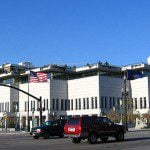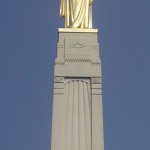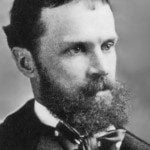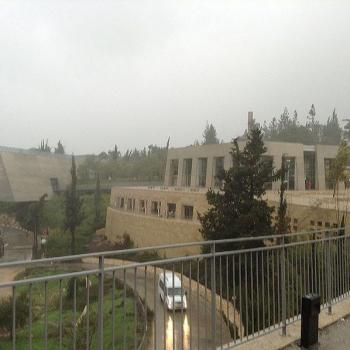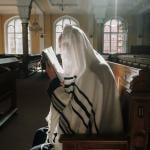I haven’t checked on my retirement savings for a while, but I’m beginning to think that I left my job much too early. Or, to put it in a slightly different way (and with credit to the movie Airplane), “Looks like I picked the wrong week to quit sniffing glue.”
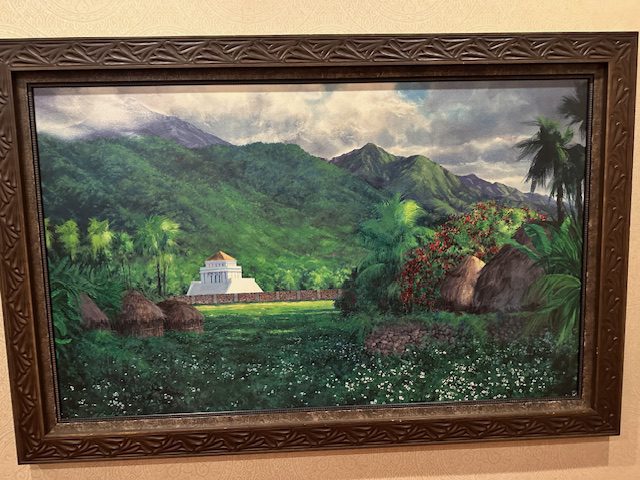
Today being Friday, a new article has appeared in Interpreter: A Journal of Latter-day Saint Faith and Scholarship. It is “The Covenant Path of the Ancient Temple in 2 Nephi 31:19–20,” written by Jeffrey M. Bradshaw:
Abstract: In this article, I discuss how the ancient analogue to what President Nelson has called “the covenant path” might be seen in the Book of Mormon and elsewhere in scripture not so much as a journey of covenant-keeping that takes us to the temple but as a journey that takes us through the temple. Throughout the Book of Mormon, observant readers will find not only the general outline of the doctrine of Christ but also corresponding details about the covenant path as represented in temple layout and furnishings. Nowhere is this truth better illustrated than in 2 Nephi 31:19–20 where Nephi summarizes the sequence of priesthood ordinances that prepare disciples to enter God’s presence. In doing so, he masterfully weaves in related imagery—guiding readers on an end-to-end tour of the temple while reminding them of the three cardinal virtues of faith, hope, and charity. The doctrinal richness of these two verses is a compelling demonstration of the value of President Nelson’s encouragement to study the biblical context of modern temples as a source of enlightenment about the meaning of the ordinances. This essay also suggests that the foundational elements of Latter-day Saint temple rites are ancient and were given to Joseph Smith very early in his ministry as he translated the Book of Mormon. It is hoped that a closer look at the beautiful imagery in 2 Nephi 31 will provide profitable reflection for readers.

I failed to make a note of this yesterday, when it went up on the moribund and never-changing website of the Interpreter Foundation: The Temple: Plates, Patterns, & Patriarchs, edited by Stephen D. Ricks and Jeffrey M. Bradshaw, “Reprint: Comments on Margaret Barker’s Presentation,” written by Samuel Zinner:
Part of our book chapter reprint series, this article originally appeared in The Temple: Plates, Patterns, & Patriarchs, edited by Stephen D. Ricks and Jeffrey M. Bradshaw. For more information, go to https://interpreterfoundation.org/books/the-temple-plates-patterns-patriarchs/. For video and audio recording of this conference talk, go to https://interpreterfoundation.org/conferences/2022-temple-on-mount-zion-conference/videos/zinner1/.
“I thank Margaret Barker for her challenging and stimulating presentation. My comments will be divided in two sections: the question of authenticity and the question of methodology.”
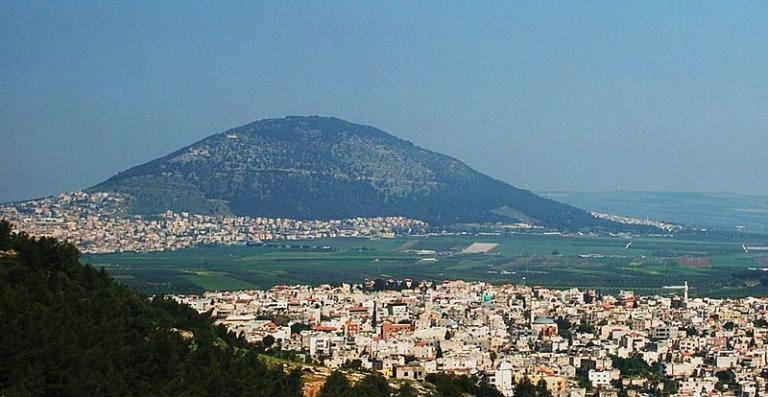
From the Catholic News Agency: “Post-election data shows nonreligious population in U.S. has plateaued”
From NBC News: “How embrace of religion among Gen Z men may explain rightward shift”
And, in an almost completely unrelated but nonetheless interesting story from The Times of Israel: “Archaeologists find first evidence of epic biblical battle at ‘Armageddon’: Pottery excavated at Megiddo in northern Israel suggests a military presence, possibly confirms the battle between King Josiah and Pharaoh Necho, and hints at Gog and Magog narrative”
On the home front, here is a quartet of articles about my adoptive state:
“Opinion: What does the loss of a film festival mean?” I lament the departure of the Sundance Film Festival, not only nor even primarily for the financial impact that its loss will have on Utah but for the blow that it will deliver to the already decidedly (and, I think, undeservedly) low cultural reputation of the state (“your people have absolutely no cultural cachet”). But, of course, that is a matter where we can justly be somewhat ambivalent. I don’t want the dominant values of the Hollywood and Manhattan elite to dominate or to represent Utah. I’m not positively impressed with this next article, for instance:
Los Angeles Times: “Of course Sundance is fleeing. Utah has become a hateful place”
I also wanted to share with you an article that I read online within the past two or three days by a Latter-day Saint woman who was involved with Sundance. She wrote about the cultural hostility to Utah that she often encountered from folks based largely in New York and Los Angeles, and which, she believes, contributed to the decision by the Powers-that-Be at Sundance to depart Park City for more fashionable Boulder, Colorado. Unfortunately, I failed to bookmark the article, can’t remember the author’s name, don’t recall its title, and can’t think of where I saw it. (A pretty impressive display of senility, no?) Does that ring a bell with anybody? I really did intend to share the article here.
I’m pleased to hear that Utah’s governor and some others are apparently already thinking about some sort of event or festival — very possibly even a film festival — to replace Sundance.

There is an appalling abundance of data in this newly-released 45-minute video from the Christopher Hitchens Memorial “How Religion Poisons Everything” File™. View it and weep: “April 2025 World Report of the Church of Jesus Christ: The April 2025 edition of the World Report, a biannual compilation of news from The Church of Jesus Christ of Latter-day Saints.”
And this example of religion’s perpetual war against science was located directly adjacent to the Hitchens File: “Kuiper Belt object with NASA’s Hubble data: The researchers identify a possible rare triple system in the Kuiper Belt.” Incidentally, Darin Ragozzine’s entry on my Latter-day Saint Scholars Testify website went up in 2012, before he had joined the faculty at Brigham Young University.



